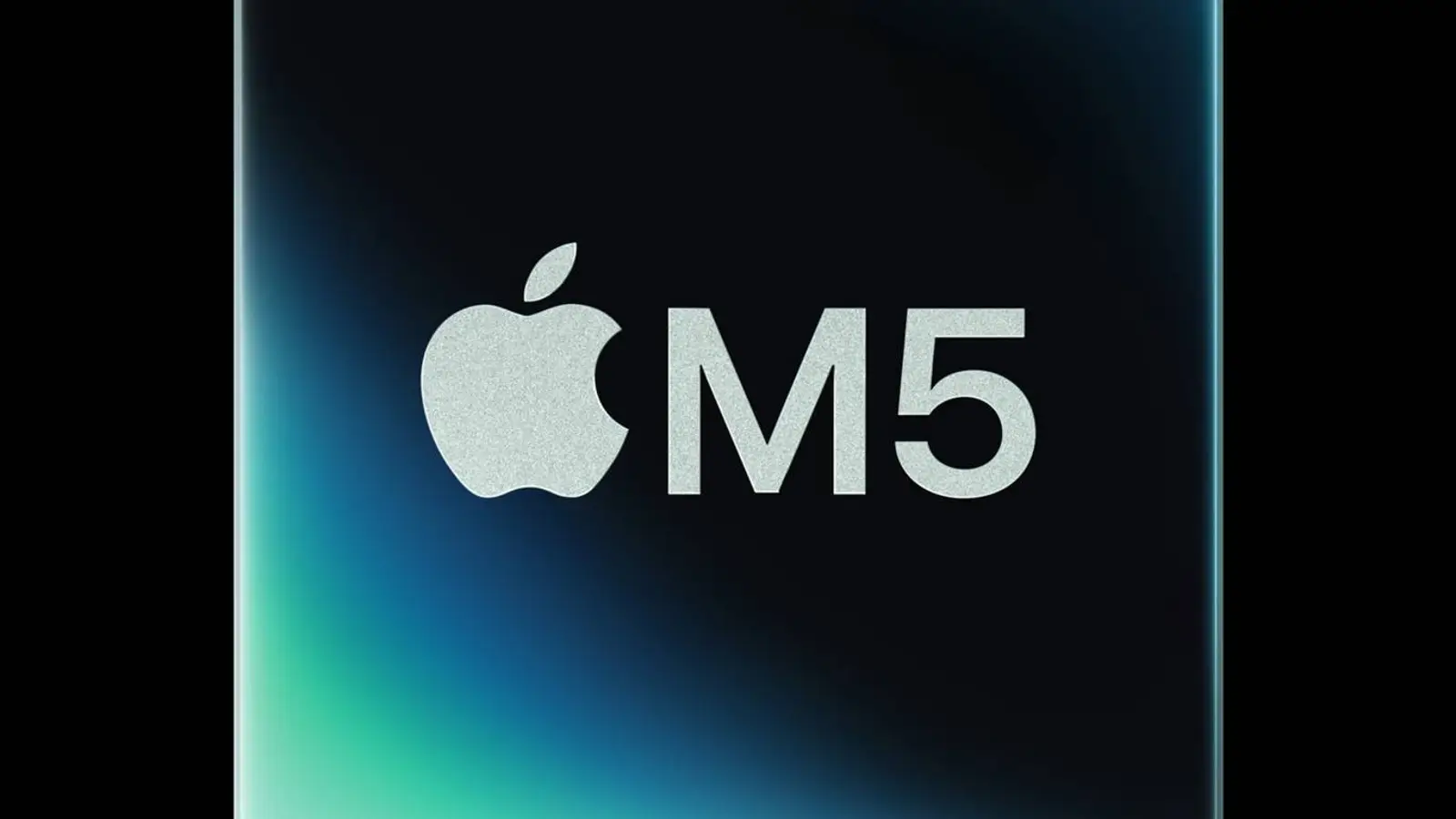Apple M5 unveiled: 3‑nm chip boosts AI, GPU, and efficiency
Apple’s M5 debuts on 3‑nm with 4x faster AI, a new ray‑tracing GPU, higher memory bandwidth, and efficiency gains, powering MacBook Pro and iPad Pro today.
Apple’s M5 debuts on 3‑nm with 4x faster AI, a new ray‑tracing GPU, higher memory bandwidth, and efficiency gains, powering MacBook Pro and iPad Pro today.

© Apple
Apple has officially unveiled its M5 processor, built on the third generation of the 3‑nm process. The chip delivers substantial gains in artificial intelligence, graphics, and power efficiency, marking a noticeable step forward for the lineup.
Compared with M4, the M5’s GPU sees AI performance increase by more than four times, enabled by dedicated neural accelerators integrated into every graphics block. The GPU also adds a new third‑generation ray‑tracing engine and updated shaders, bringing a 30% uplift in graphics performance versus M4 and up to 2.5 times compared with M1. In applications that lean heavily on ray tracing, gains reach 45%. Together, these upgrades target modern workloads that demand both speed and smarter processing.
The chip offers up to 10 CPU cores (six efficiency and four performance), with multithreaded performance up 15%. An updated 16‑core Neural Engine now works in concert with GPU and CPU accelerators to improve image generation tasks, personalized models, and the Apple Intelligence service. On Apple Vision Pro, this enables faster creation of spatial photos and animated Persona avatars, a change that should be felt directly in everyday use.
Memory gets a clear bump as well: bandwidth rises to 153 GB/s (30% more than M4) with support for up to 32 GB of RAM. That will allow large AI models to run locally and keep demanding creative apps responsive, reducing the need to compromise when projects get complex.
The M5 is already inside the new MacBook Pro 14, iPad Pro, and Apple Vision Pro, which are available for preorder. Apple states the chip is not only more powerful but also more energy‑efficient, aligning with the company’s Apple 2030 carbon‑neutrality strategy. The direction is hard to miss: performance gains are being steered toward efficiency and on‑device AI.